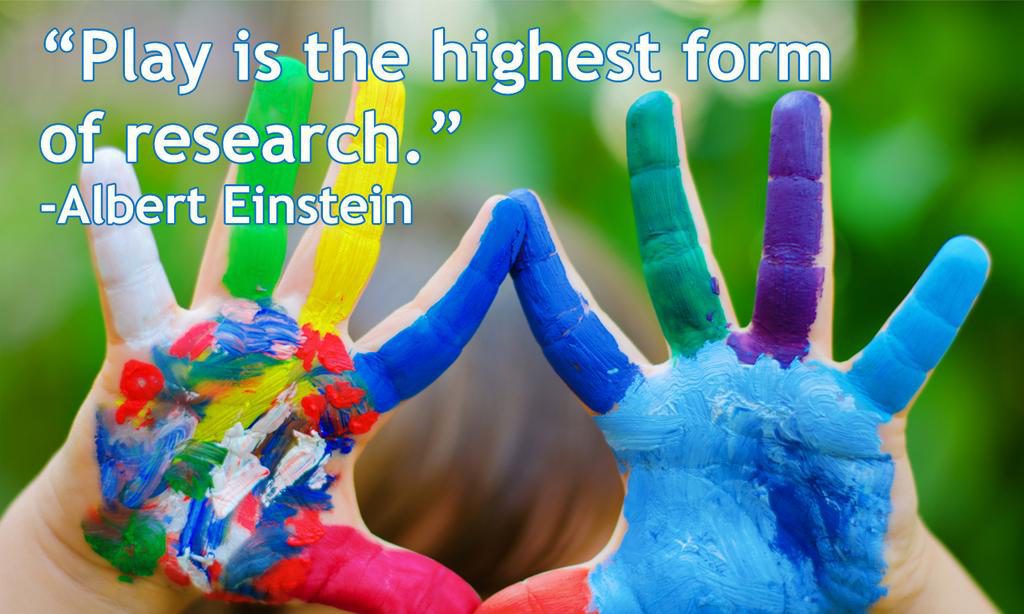
My simulation tests the following hypothesis and answers the following research questions: Does immigrant stress negatively affect immigrant mothers and their children’s psychosocial development and how does psychosocial intervention positively affect change in their development?
Hypothesis: Psychosocial intervention can positively impact the social-emotional well-being of immigrant mothers and their children who have been negatively affected by immigrant stress.
I believe my simulation would be important to the field because now more than ever, this population is facing social inequity and injustice. Immigration is a very sensitive and debated issue in the United States of America. Many immigrant children and their families face the threat of deportation because of their undocumented status. Many of these children are branded DACA children in the United States political arena because of a governmental program enacted by President Obama to protect them. DACA or The Deferred Action for Childhood Arrivals was created to protect hundreds of undocumented children who were brought here illegally here by their parents because of wars in their country, poverty, or abuse (Rogers, 2018). The DACA program gave immigrant children some of the benefits that American children had naturally, for example, the right to education and medical assistance. However, president Donald Trump has decided end the program, leaving thousands of children in danger of being deported back to countries filled with war and poverty (Rogers, 2018). In addition to these social stressors that DACA children and their families are facing, they also face a slew of other immigrant stress that is associated with deportation.
Many studies and research I have read point to a number of psychosocial problems that stem from immigrant stress in children and families. Santa-Maria & Cornille (2007), researched the experience of migration and exposure to civil unrest among undocumented immigrants and refugees can cause depression, anxiety, PTSD, and other hosts of psychosocial issues in children and families. The study examined the impact of attachment and immigrant family separation during their migration journey to the United States. In addition, researchers focused on studying whether or not these specific groups of immigrant children and families experienced traumatic stress and attachment issues (Santo-Maria & Cornille, 2007). Many of the immigrant children and families encountered war-related violence, civil unrest, violent persecution, abrupt family separations, and threatening circumstances.
The results of their study found that children and families who were separated from family members during migration had slighter anxiety scores and also that PSTD diagnosis for the whole sample group was significantly higher than the general population “which was about 33%” (p.29). Most importantly the rate of children who were diagnosed were even higher than the general population “which scored about 35%” (p.29).
If I were to conduct a simulation proposal it would benefit the immigrant children and their families. If the outcomes of my simulation are fruitful and positive then it would accomplish the goal of my simulation which helps immigrant children and their mothers develop healthy psychosocial well-being so that they may be resilient and successful in the future. Furthermore, if this immigrant population could be successful then hopefully immigrant children would have a better chance of developing positive psychosocial development. In addition, the goal is to examine whether the intervention program could positively impact immigrant mothers and their children psychosocial well-being so that interventions similar to this model could be implemented in the general immigrant population around the country.
Some of the perceptions I had about research studies was that they were extremely hard to understand and accomplish. Although the latter is true, creating and conducting research is an extremely complex procedure to do, because of this research, I can now understand different designs, vocabulary, theories, and measures. I can confidently read a study and figure out much of the methods used in the study without feeling like what I am reading is another language.
I am grateful to all of my colleagues and professor for their perspectives, fresh ideas, and suggestions because from these interactions I am better able to comprehend in-depth what research consists of. Thank you all for your input, perspectives, and ideas.
References:
Rogers, K. (2018, April 1). Venting on Immigration, Trump Vows ‘no more DACA deal’ and threatens NAFTA. The New York Times, pp. 1-5.
Santo-Maria, M. L., & Cornille, T. (2007). Traumatic Stress, Family Separations, and Attachment Among Latin American Immigrants. Traumatology, 26-31.

Your research simulation is very important to the field of education and to the world in general. As you mentioned, this subject is timely with what immigrants are currently facing with DACA and even with ICE. It breaks my heart when I see stories on the news of families being separated because of threats of deportation. If adults are emotionally distraught, imagine what children are experiencing. I can tell that your research was thorough and you put in a lot of time and effort. Thank you for sharing your simulation, and other thoughts and ideas.
LikeLike
Lilyann. I thoroughly enjoyed reading your blog. (And it’s beautiful to look at, too!) I think your topic is fascinating, and I would love for you to complete the study. With the increase of immigrant families and the stress they are going through with the threat of deportation hanging over their heads this is a very timely topic. And it fits nicely with my topic. I advocate that the increase of free play time for preschool children will help relieve their stress and anxiety.
LikeLike